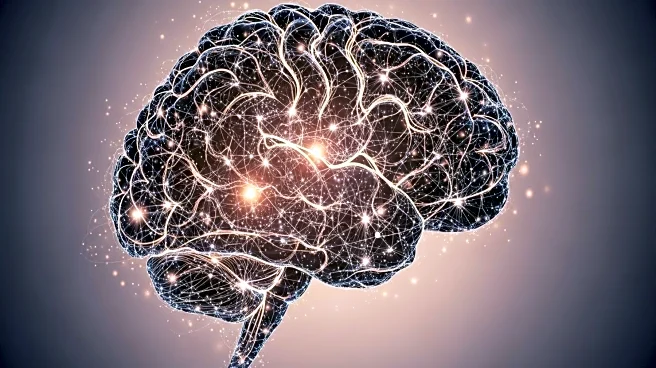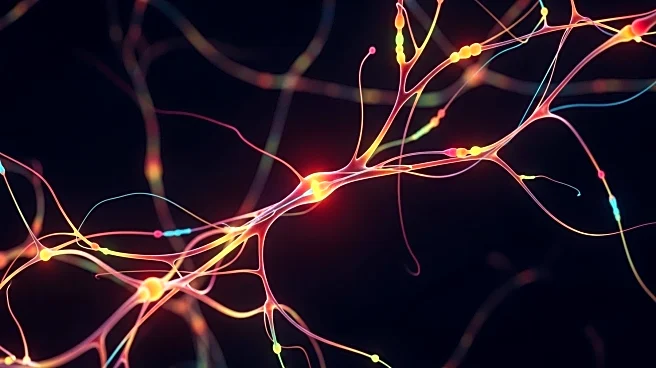What's Happening?
Researchers from the International Brain Laboratory (IBL) have completed a groundbreaking study that maps the activity of over 600,000 brain cells in mice, significantly altering the understanding of decision-making processes in the brain. The study involved 139 mice across 12 labs worldwide, utilizing Neuropixels probes to record up to 1,000 neurons simultaneously. The research, published in Nature, suggests that decision-making involves more brain regions than previously thought, challenging traditional linear models of brain activity. The project aimed to standardize experiments across labs to overcome inconsistencies in previous studies, providing a comprehensive view of brain activity during decision-making tasks.
Why It's Important?
This research is pivotal as it challenges existing neuroscience paradigms about how decisions are made in the brain, suggesting a more complex involvement of various brain regions. The findings could have significant implications for understanding human decision-making and developing treatments for neurological disorders. By standardizing experimental methods, the study enhances reproducibility and reliability in neuroscience research, potentially influencing future studies and methodologies. The collaboration across multiple labs also sets a precedent for large-scale, cooperative scientific endeavors, similar to initiatives like the Human Genome Project.
What's Next?
The next steps involve exploring causality in brain activity related to decision-making, as the current findings are correlational. Researchers aim to determine whether specific brain activities directly cause decisions or are merely associated with them. This could lead to advancements in understanding brain function and developing interventions for decision-making impairments. The IBL's approach may inspire further collaborative projects in neuroscience, focusing on other complex brain functions and disorders.
Beyond the Headlines
The study's implications extend beyond neuroscience, potentially influencing fields like artificial intelligence and cognitive science by providing insights into complex decision-making processes. The collaborative model used by the IBL could serve as a blueprint for interdisciplinary research, fostering innovation and breakthroughs across scientific domains.












